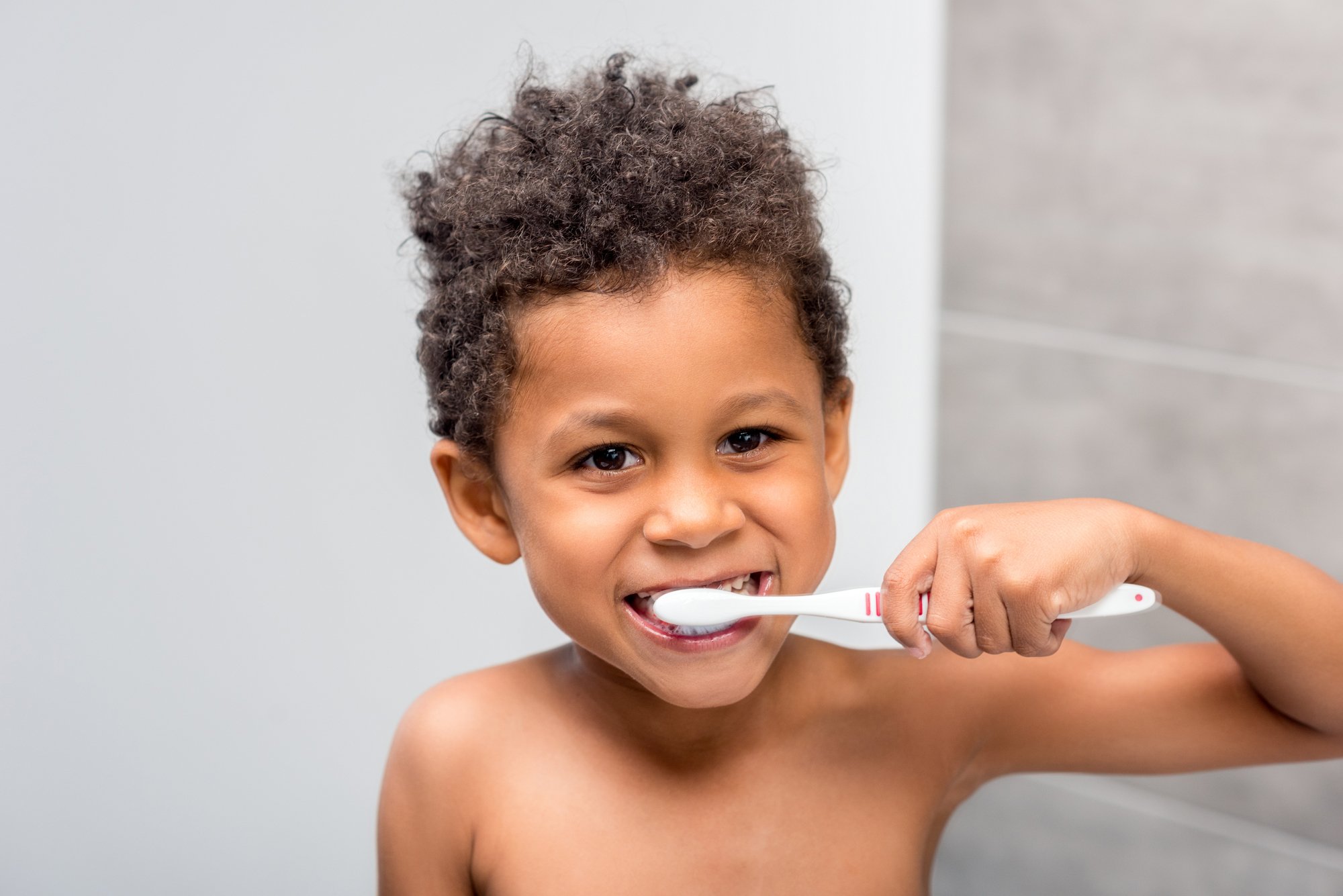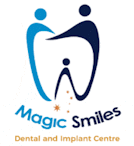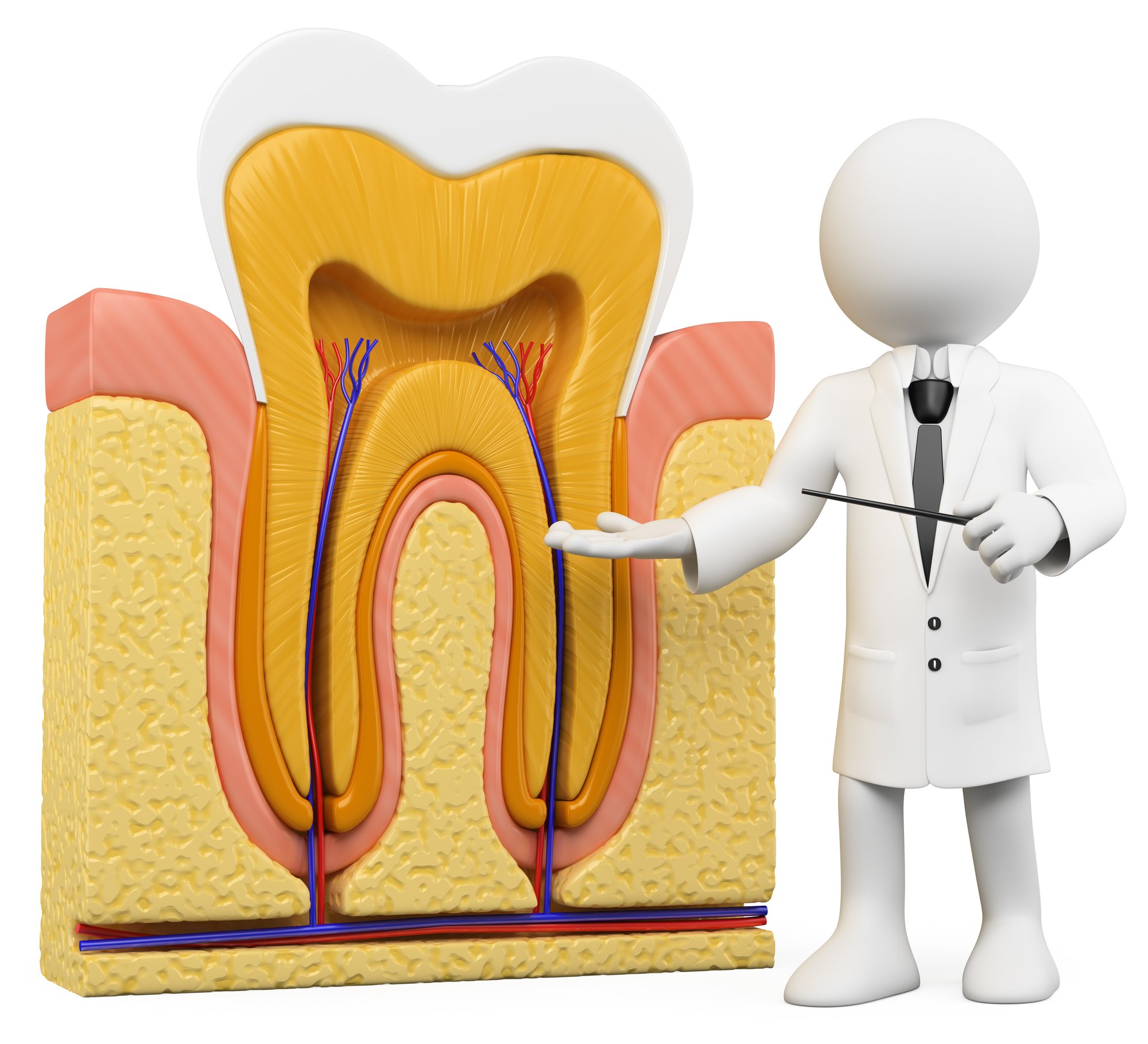
Cavities don’t happen overnight. They are usually a result of months or years of dental neglect. Children who have cavities often don’t brush enough or properly, don’t floss, and eat a diet high in sugar. Genetics and some overall health conditions may also contribute to cavities.
The process of tooth decay looks something like this:
A child drinks apple juice right before bed, then goes to sleep without brushing his teeth. Overnight, the sugar from the apple juice sticks to the teeth, forming a film called plaque. In the morning, the child brushes his teeth but doesn’t clean his molars thoroughly. The plaque is slowly eating away at the enamel on those molars. The next time he brushes, he still doesn’t get the molars, then he eats a cookie right before bed. By the next night, the plaque has turned into tartar which creates a shield for the bacteria. Now the acidic bacteria are able to slowly infiltrate the inner part of the child’s tooth, creating holes (or cavities). The bacteria move to the dentin and pulp, causing sensitivity and pain.
Children’s dentists aim to help kids avoid cavities and decay at all costs. Thankfully, prevention is easy!
Here are our top three tips for preventing cavities at home:
1. Talk about oral hygiene
Children understand that things like sharing, taking baths or showers, and reading are important because parents talk to them about those things. Make sure to talk about oral hygiene often with your child.
Explain to him or her that healthy teeth are just as important as a healthy body because one affects the other. Plus, having smelly breath can be embarrassing.
Talk about the mouth in a fun way! For example, your child’s mouth could be a kingdom and bacteria, an army trying to attack. The toothbrush and floss can be the heroes of the story—saving the king and his kingdom from destruction.
2. Create a proper oral hygiene routine
As you probably know, routines are difficult to make, but so worth it once they become a habit. Create an oral hygiene routine with your little one that includes brushing with a soft-bristled toothbrush and fluoride toothpaste. Make sure your child uses short, circular motions and isn’t brushing too hard! Next, use traditional floss or floss picks to clean between the teeth. Finally, rinse with a kid-friendly mouthwash!
3. Offer healthy meals and snacks
One of the best things a parent can do for their child’s oral and overall health is to provide healthy meals and snacks. A good balance of protein, dairy, fruits, and veggies is a great place to start! Our children’s dentist encourages parents to limit sugar and starches as much as possible as they are two of the biggest contributors to tooth decay.
Also, make sure that your little one is drinking plenty of water throughout the day. This helps clean the mouth after meals and snacks and increases saliva production.
Children’s Dentist Bonus Tip
Here’s one more tip for you: take your child to the dentist every six months. Dental exams and cleanings are an essential part of oral hygiene. These appointments ensure that every part of your child’s mouth is being thoroughly and properly cleaned and that his or her teeth are developing properly.
Looking for an experienced children’s dentist in Woolgoolga? Look no further! Our team at Magic Smiles is prepared to help your little one maintain a healthy smile for years to come. Call us today at (02) 6654-0650 to schedule an appointment.






Recent Comments